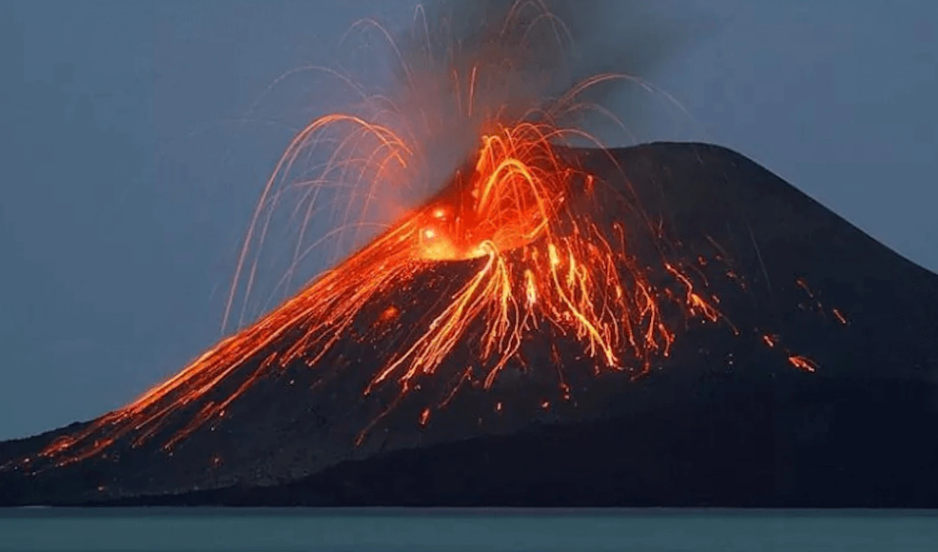Explore the ground breaking work on volcanic monitoring. Written by Dewesoft’s Marco Ribichini and INGV’s Technical Specialist Patrizia Battelli in their article on Dewesoft’s blog.
Firstly, this article details the unique features of Stromboli. Including its location in the Tyrrhenian Sea and its strato-volcanic structure. The writers highlight the challenges posed by sudden, intense eruptions that spew bombs-like blocks and ash, disrupting air traffic and posing significant risks.
Secondly, they highlight collaboration between Dewesoft, INGV and other Government researchers’ groups in the development of the SKATE data acquisition system. The purpose being for this system is to provide a more complete and in-depth analysis of volcanological phenomena, crucial for predicting risks to local populations and the environment.
What is the SKATE Data Acquisition System and what is it made from?
SKATE stands for “Setup for the Kinematic Acquisition of Explosive Eruptions”.
It is a multiparametric system integrated into a portable, waterproof, and rigid case, making it easy to transport. Separated into top and bottom component cases. Consisting of the Dewesoft SBox Computer, KRYPTONi-1xACC device which enables simultaneous acquisition of various signals like seismic, acoustic, and thermal data. In addition, other Dewesoft and third-party devices like microphones and high speed thermal cameras to capture and record events. This information is fed back to the SBox computer for real time analysis with Dewesoft X Software of the different volcanic processes.
The article details Stromboli’s unique geological features and the challenges posed by its eruptions. It also explains how the portable and comprehensive SKATE system enhances the understanding of volcanic behaviour. Therefore, ensuring the safety and protection of communities near the Aeolian Islands.
The continuous monitoring and analysis of seismic and volcanic activities offer valuable information. Such as future risk prediction and implementation of preventive measures.
For an in-depth look at this fascinating and vital work in volcanic monitoring, the full article is a must-read.
